Home>Dining>Tableware>How To Use Table Runners And Placemats
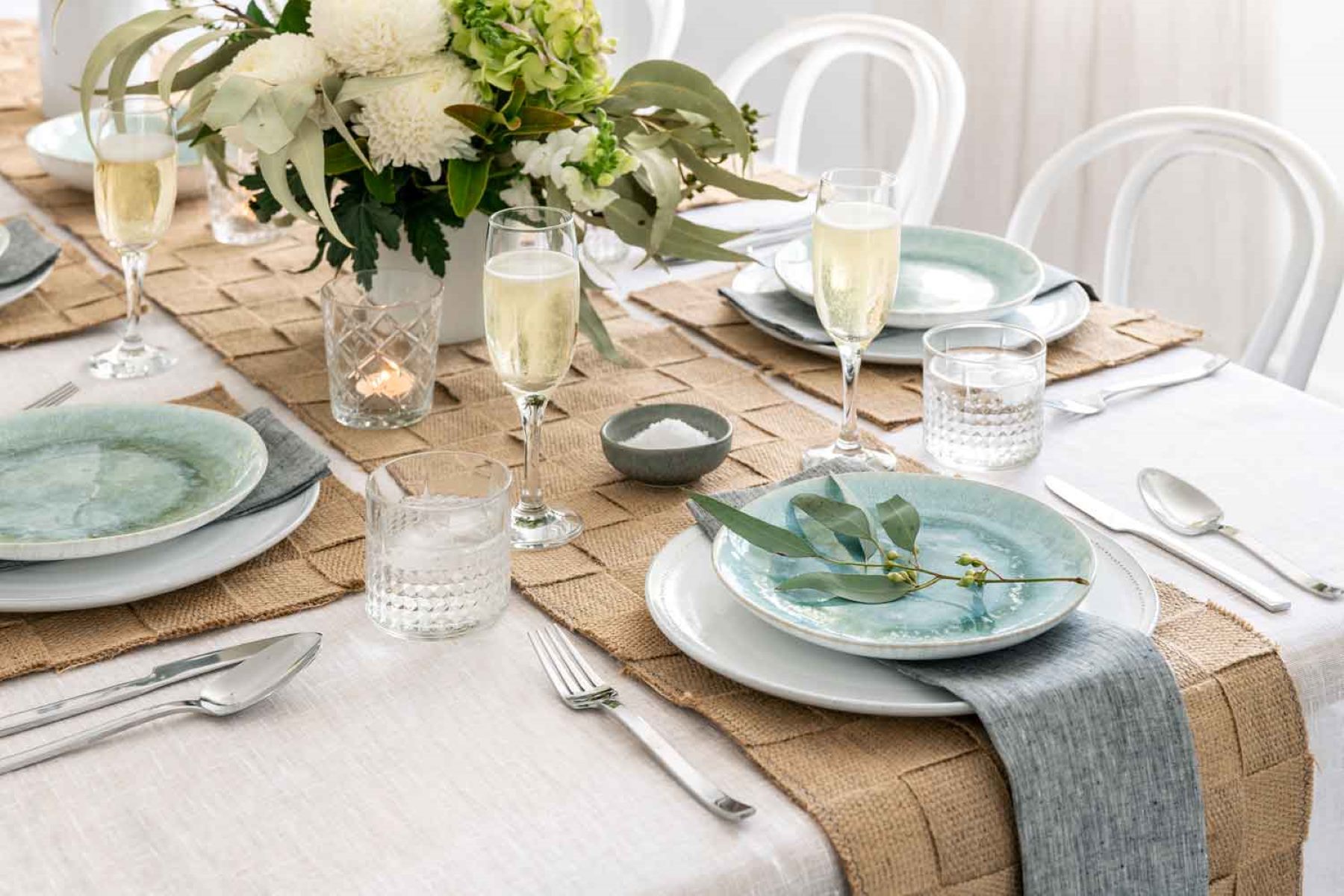

Tableware
How To Use Table Runners And Placemats
Modified: September 2, 2024
Discover the art of using table runners and placemats to elevate your tableware. Transform your dining experience with these stylish and practical accessories.
(Many of the links in this article redirect to a specific reviewed product. Your purchase of these products through affiliate links helps to generate commission for Storables.com, at no extra cost. Learn more)
Introduction
When it comes to setting the table for a meal, attention to detail is key. Table runners and placemats are two essential tableware accessories that not only add a touch of elegance but also serve practical purposes. Whether you’re hosting a formal dinner party or simply enjoying a casual family meal, incorporating table runners and placemats can elevate your dining experience.
A table runner is a long, narrow strip of fabric that is placed down the center of a table, running parallel to the table’s length. It serves as both a decorative accent and a functional element, protecting the table from spills and scratches. Placemats, on the other hand, are individual mats that are placed directly in front of each seat. They provide a designated space for each diner and offer protection for the table surface.
Table runners and placemats come in a wide range of styles, materials, and patterns, allowing you to customize your table setting to suit any occasion or personal preference. From sleek and modern to rustic and traditional, there is a perfect table runner and placemat combination for every home decor style.
In this article, we will explore the different types of table runners and placemats, discuss how to choose the right ones for your table, and provide tips on how to use them effectively. So, let’s dive in and discover how to enhance your dining table with these stylish and functional tableware accessories.
Key Takeaways:
- Elevate your dining experience with table runners and placemats, adding style, protection, and organization to your table. Experiment with complementary or contrasting styles to create visually appealing and harmonious table settings.
- Choose the perfect table runners and placemats to suit your personal taste and occasion. Consider size, shape, color coordination, and texture mixing to create a dynamic and visually stunning table arrangement.
Read more: How To Make Table Runners And Placemats
Table Runners: Definition and Purpose
A table runner is a long and narrow piece of fabric that is used to decorate and protect the surface of a dining table. It is designed to be placed in the center of the table, running parallel to its length. Table runners can be made from various materials, including cotton, linen, silk, or synthetic fabrics. They come in a wide array of colors, patterns, and textures, allowing you to add a pop of personality and style to your table setting.
The primary purpose of a table runner is to enhance the visual appeal of your dining table. It acts as a decorative element, adding depth, color, and texture to the overall design. It can serve as a focal point, drawing attention to the centerpiece or other table decorations. A well-chosen table runner can instantly transform a plain table into an inviting and stylish space.
Table runners also serve a practical purpose. They provide a barrier between the table surface and serving dishes, protecting it from heat, spills, and scratches. This makes them particularly useful during meals or gatherings where hot plates and dishes are being served.
Besides adding beauty and protection, table runners can also help to define the dining area. They create a sense of organization and structure by visually separating the space reserved for dining from the rest of the table. In open-plan living spaces, table runners can be used to delineate the dining area, creating a cohesive and inviting atmosphere.
Furthermore, table runners can be easily changed and replaced. Unlike tablecloths, table runners offer versatility, allowing you to switch up your table decor according to different seasons, themes, or special occasions. You can experiment with different patterns, colors, and textures to create a variety of looks, from casual to formal, traditional to contemporary.
In summary, table runners are decorative and functional accessories that add style, protection, and organization to your dining table. They provide a creative and flexible way to enhance your table setting while serving as a practical solution for preserving the beauty of your table surface.
Types of Table Runners
Table runners come in a variety of styles, materials, and designs, allowing you to find the perfect one to complement your table setting and personal taste. Here are some popular types of table runners:
- Cotton Table Runners: Cotton is a versatile and popular choice for table runners. It is durable, easy to care for, and comes in a wide range of colors and patterns. Cotton runners are suitable for both casual and formal settings and can be easily washed or ironed when needed.
- Linen Table Runners: Linen is a luxurious and elegant fabric that adds a touch of sophistication to any table. Linen runners have a natural and relaxed look, making them ideal for rustic or farmhouse-style dining spaces. They are known for their durability and can be machine-washed or dry-cleaned.
- Silk Table Runners: Silk runners exude glamour and refinement. They often come in rich colors and intricate patterns, making them perfect for formal occasions and special events. Silk requires delicate care and should be dry-cleaned to maintain its luster and quality.
- Burlap Table Runners: Burlap runners have a rustic and textured appearance that adds a cozy and natural feel to the table. They are popular for farmhouse or country-themed decor and can be embellished with lace, ribbon, or other decorative elements to enhance their charm.
- Patterned Table Runners: If you want to add a pop of color or incorporate specific designs into your table setting, patterned runners are an excellent choice. They come in various prints, such as floral, geometric, or striped, allowing you to express your personal style and create a visually appealing table arrangement.
It’s important to consider the overall decor style of your dining area when choosing a table runner. Opt for a runner that complements the existing color scheme, furniture, and other decor elements. You can also experiment with layering multiple table runners of different textures or colors to create a unique and dynamic look.
Remember, the goal is to find a table runner that enhances the aesthetic appeal of your table while providing a practical solution for protecting its surface. Whether you prefer a classic and timeless design or a bold and contemporary statement, there is a table runner out there to suit your preferences.
Choosing the Right Table Runner for Your Table
Choosing the right table runner for your table involves considering factors such as the size and shape of your table, the overall decor style, and the occasion or event you are preparing for. Here are some tips to help you make the right choice:
- Size and Proportion: Start by measuring the length and width of your table. The table runner should be slightly longer than your table to allow for overhang on each end. As a general rule, aim for a runner that extends about 6 to 12 inches beyond the edges of the table. This ensures that the runner doesn’t look cramped or hang too far off the table.
- Table Shape: Consider the shape of your table when selecting a runner. For rectangular tables, a traditional long and narrow runner works well. For round or oval tables, a circular or oval-shaped runner can create a visually pleasing effect. Alternatively, you can choose a rectangular runner and let the ends hang gracefully over the curved edges of the table.
- Color and Pattern: The color and pattern of the table runner should complement the overall decor style of your dining area. For a cohesive and harmonious look, choose a runner that either matches or contrasts with the color palette of your table, chairs, and other accessories. Consider the mood you want to create – bold and vibrant, soft and subtle, or elegant and sophisticated. Patterns can add visual interest, but make sure they do not overpower the rest of your table setting.
- Material: The material of the table runner should be selected based on both aesthetics and practicality. If you want a casual and relaxed ambiance, opt for cotton or linen runners. For a more formal and luxurious feel, silk or velvet runners are excellent choices. Consider the ease of cleaning and maintenance for the material you choose.
- Occasion and Theme: Take into account the occasion or theme of your event. For a casual gathering, a simple and versatile table runner may be suitable. For formal occasions or holidays, consider a more elaborate or themed runner that corresponds to the event. For example, a table runner with autumn motifs for Thanksgiving or a red and green runner for Christmas.
Remember that the table runner should enhance the overall aesthetic while allowing enough room for your tableware and centerpiece. It should not overwhelm or obstruct the functionality of the table. Take the time to explore different options, try them out on your table, and see how they complement the rest of your dining space. With careful consideration and attention to detail, you can find the perfect table runner that sets the stage for an enjoyable dining experience.
How to Use Table Runners
Once you’ve chosen the perfect table runner for your table, it’s time to learn how to use it effectively to enhance your dining experience. Here are some tips on how to use table runners:
- Placement: Begin by placing the table runner in the center of the table, running parallel to its length. Make sure the runner is straight and evenly aligned. If you have a centerpiece or other decorative items, position them on top of the runner to create a focal point or visual interest.
- Length and Overhang: The table runner should extend just beyond the edges of the table. Aim for a length that allows for a graceful overhang on each end, usually about 6 to 12 inches. This overhang adds an elegant touch and prevents the runner from appearing too short or cramped on the table.
- Layers: For added visual interest, consider layering multiple table runners of different colors, textures, or patterns. Place a solid-colored runner as the base and top it with a narrower or contrasting runner for a stylish and dynamic look. Play around with different combinations to find the layering effect that suits your table and decor style.
- Tableware Arrangement: Arrange your tableware on top of the table runner. Place your plates, cutlery, and glasses in their designated spots, ensuring they are centered on the runner. The runner acts as a visual guide, adding a cohesive touch to the arrangement.
- Showcasing the Runner: If you have a particularly intricate or eye-catching table runner, you may want to allow it to take center stage. Keep the rest of the table decor simple and minimalistic, allowing the runner to be the focal point. This works well for runners with bold patterns, elaborate textures, or vibrant colors.
- Occasional Updates: Table runners are versatile and can be changed according to different occasions, seasons, or events. Experiment with different runners to suit your mood or theme. Swap out a bright and colorful runner for a more subdued one for a formal dinner party, or switch to a holiday-themed runner during festive seasons.
Remember that the table runner should enhance your table setting without overpowering it. It should complement the rest of your decor and create a harmonious atmosphere. Don’t be afraid to get creative and try different techniques to find the perfect arrangement that suits your personal style and dining needs.
Read more: What Is A Placemat Used For?
Placemats: Definition and Purpose
A placemat is a flat, rectangular or round mat that is placed directly on the dining table in front of each seat. It provides a designated space for individual diners and serves both aesthetic and practical purposes. Placemats are available in a variety of materials, styles, and designs to suit different table settings and personal preferences.
The primary purpose of a placemat is to protect the table surface from spills, stains, and scratches. Placemats act as a barrier between the dishes, utensils, and the table, preventing direct contact and minimizing potential damage. This is especially useful when serving hot meals, as placemats provide insulation from heat and prevent the transfer of temperature to the table.
Aside from their practical function, placemats also serve as a decorative element on the dining table. They add color, texture, and pattern to the overall table setting, contributing to the aesthetic appeal of the dining experience. Placemats can be used to enhance the theme, style, or mood of the occasion, allowing you to create a visually engaging and cohesive table arrangement.
Placemats come in a variety of materials, including fabric, vinyl, plastic, or natural materials such as bamboo or rattan. Each material has its own unique qualities and characteristics. Fabric placemats, such as cotton or linen, provide a softer and more luxurious look. Vinyl or plastic placemats are easy to clean and maintain, making them ideal for everyday use or households with children. Natural material placemats add a rustic and eco-friendly touch to the table.
In addition to protecting the table and adding visual appeal, placemats also offer practical benefits for diners. They provide a designated space for each individual, helping to organize the table layout. Placemats also offer a clean and hygienic surface for placing utensils, preventing them from coming into direct contact with the table. Moreover, placemats can help to absorb spills and crumbs, making it easier to clean up after a meal.
Overall, placemats combine functionality and style, making them essential tableware accessories. They add a decorative touch, protect the table surface, improve table organization, and contribute to a more enjoyable dining experience. With the wide range of options available, you can easily find the perfect placemats to enhance your table setting and reflect your personal taste.
When using table runners and placemats, make sure to coordinate the colors and patterns with your tablecloth and dinnerware for a cohesive look. This will help tie the whole table setting together and create a polished and stylish appearance.
Types of Placemats
Placemats come in a variety of types, materials, and designs, allowing you to choose the perfect ones to suit your table setting and personal style. Here are some popular types of placemats:
- Fabric Placemats: Fabric placemats are made from materials such as cotton, linen, or polyester. They offer a soft and luxurious feel and come in various colors, patterns, and textures. Fabric placemats are versatile and can be used for both formal and casual occasions. They are usually machine washable, making them easy to clean and maintain.
- Vinyl or Plastic Placemats: Vinyl or plastic placemats are popular for their durability and easy maintenance. They are waterproof and resistant to stains, making them ideal for everyday use or households with children. Vinyl or plastic placemats come in a wide range of colors, prints, and designs, allowing you to find ones that match your decor style.
- Bamboo or Rattan Placemats: Placemats made from natural materials like bamboo or rattan offer a rustic and eco-friendly look. They add warmth and texture to the table setting and are perfect for outdoor dining or tropical-themed decor. Bamboo or rattan placemats are easy to clean and require minimal maintenance.
- Charger Placemats: Charger placemats are larger placemats that can be used as a base for tableware, especially during formal or special occasions. They provide an elegant and decorative foundation for each place setting. Charger placemats are often made from materials like metal, wood, or melamine and come in various shapes and finishes.
- Woven or Braided Placemats: Woven or braided placemats are made by interlacing materials like straw, jute, or synthetic fibers. They bring a natural and textured element to the table and are suitable for both indoor and outdoor use. Woven or braided placemats are available in different shapes, sizes, and patterns.
- Lace or Embroidered Placemats: Lace or embroidered placemats add a touch of elegance and sophistication to your table setting. They feature intricate patterns, lacework, or embroidery, creating a delicate and refined look. Lace or embroidered placemats are often used for special occasions or formal dining settings.
When selecting placemats, consider the overall decor style of your dining area and the occasion for which you’ll be using them. Choose placemats that complement your tableware, linens, and other accessories. Mix and match different types of placemats to create a unique and personalized table setting.
Remember to also consider the practical aspects of the placemats, such as ease of cleaning and maintenance. Placemats should be durable enough to withstand regular use and potential spills. With the wide range of options available, you can find the perfect placemats that combine style, functionality, and durability.
Choosing the Right Placemats for Your Table
Choosing the right placemats for your table involves considering factors such as the table size, decor style, practicality, and personal preference. Here are some tips to help you make the right choice:
- Table Size and Shape: Consider the size and shape of your table when selecting placemats. Round tables typically work well with round placemats, while rectangular tables can accommodate rectangular or square placemats. Ensure that the placemats are proportionate to the table, leaving enough space for each diner and their tableware.
- Material and Texture: Placemats come in various materials, including fabric, vinyl, bamboo, or synthetic fibers. Consider the desired look and feel of your table setting. Fabric placemats provide a softer and more elegant look, while vinyl or plastic placemats are durable and easy to clean. Natural materials like bamboo or straw create a rustic and organic vibe.
- Color and Pattern: Choose placemats that complement the overall color scheme and decor style of your dining area. Consider the mood or theme you want to evoke. Solid-colored placemats can create a clean and minimalistic look, while patterned placemats add visual interest and personality. Ensure that the colors and patterns coordinate well with your tableware and other accessories.
- Practicality and Maintenance: Consider the practical aspects of the placemats, such as ease of cleaning and maintenance. Fabric placemats may require regular washing, while vinyl or plastic placemats can be easily wiped clean. If you have young children or anticipate frequent spills, choose placemats that are stain-resistant and easy to care for.
- Occasion and Theme: Tailor your choice of placemats to the occasion or theme of your event. For formal gatherings or special occasions, opt for elegant and refined placemats, such as lace or embroidered ones. For casual or outdoor settings, consider more relaxed and versatile options like woven or bamboo placemats. Match the placemats to the mood and ambiance you want to create.
- Layering and Coordination: Experiment with layering and coordinating different placemats to create depth and visual interest. Mix and match colors, textures, or patterns to add dimension to your table setting. Alternatively, choose a set of matching placemats to create a cohesive and harmonized look.
Ultimately, the goal is to choose placemats that not only enhance the aesthetic appeal of your table but also provide functionality and ease of use. Consider the needs of your household or guests when making your selection, and don’t be afraid to try new combinations or styles to create a table setting that reflects your personal taste and style.
How to Use Placemats
Placemats not only protect your dining table but also add style and organization to your table setting. Here are some tips on how to effectively use placemats:
- Individual Placement: Place a placemat in front of each seat at the dining table. The placemat should be centered and aligned properly, ensuring that it is positioned within the boundaries of the dining area for each individual.
- Protective Barrier: Placemats act as a barrier between your table and the tableware. Position your plates, bowls, and glasses directly on top of the placemat. This creates a protective layer and prevents direct contact, reducing the risk of scratches or damage to the table surface.
- Proper Positioning: Ensure that the placemat is properly aligned with the edge of the table. It should sit parallel to the table’s sides and not extend too far beyond the table’s edge. This allows the placemat to be fully functional while maintaining an organized look.
- Tableware Placement: Arrange your tableware on top of the placemat in a well-organized manner. Place your dinner plate in the center of the placemat, with the flatware (forks, knives, spoons) arranged neatly on either side of the plate. Place the napkin to the left of the plate or on top of the fork.
- Centerpiece Coordination: If you have a centerpiece or decorative items, ensure that they are appropriately placed on the table while taking into consideration the size and shape of the placemats. The centerpiece should not obstruct or overwhelm the placemats or interfere with the functionality of the table setting.
- Visual Coordination: Coordinate the colors, patterns, and textures of the placemats with the overall theme or decor style of your dining area. Choose placemats that complement or contrast with your tableware and other table accessories. This creates a visually pleasing and cohesive table setting.
- Personal Touches: Add personal touches or decorative accents to the placemats if desired. This could include name cards, decorative napkin rings, or small decorative items that match the occasion or event. These touches add a personalized and welcoming touch to the table setting.
- Maintenance and Care: After the meal, clean the placemats according to the manufacturer’s instructions. Fabric placemats may need to be washed, while vinyl or plastic placemats can be wiped clean. Store the placemats in a designated area, ensuring they are properly folded or stacked to maintain their shape and condition for future use.
By following these tips, you can ensure that your placemats not only serve their functional purpose but also enhance the overall aesthetics and organization of your table setting. Remember to choose placemats that reflect your personal style and add to the overall dining experience for you and your guests.
Read more: How To Decorate Using Table Runners
Table Runners and Placemats: Complementary or Contrasting Styles?
When it comes to table runners and placemats, you have the freedom to decide whether you want them to have complementary or contrasting styles. Both approaches can create stunning table arrangements, and the choice ultimately depends on your personal preference and the look you want to achieve. Here are some points to consider:
Complementary Styles: Choosing complementary styles means selecting table runners and placemats that harmonize and blend with the overall theme or color scheme of your dining area. This approach creates a sense of cohesion and consistency, resulting in an elegant and unified table setting.
One way to achieve a complementary look is by matching the colors and patterns of the table runner and placemats with your existing tableware or other elements in the room. For example, if you have blue and white porcelain dishes, you can opt for a table runner and placemats in a coordinating shade of blue or featuring a complementary pattern. This creates a cohesive and polished look that ties the whole table together.
Another approach to complementing styles is by choosing materials and textures that align with the overall decor style. For a rustic or farmhouse-themed dining area, you can select burlap placemats and a matching burlap table runner. The rough texture and natural color of the materials will add charm and create a cohesive look.
Contrasting Styles: On the other hand, contrasting styles can create a bold and eye-catching table setting. This approach involves pairing table runners and placemats that intentionally stand out and create visual interest by juxtaposing different colors, patterns, or textures.
For instance, if you have a neutral or monochromatic color scheme, you can introduce a pop of color with a vibrant table runner and matching placemats. Imagine a sleek black dining table adorned with a bright red table runner and placemats – the contrast creates a striking and energetic ambiance.
Contrasting styles can also be achieved by combining different materials or patterns. Pairing a lace table runner with contemporary geometric placemats, for example, creates an appealing contrast between delicate and modern elements.
Keep in mind that when using contrasting styles, it’s essential to maintain a balance and ensure that the overall look remains visually appealing. Consider the size of the patterns or the intensity of the colors to avoid overwhelming the table setting.
Ultimately, the choice between complementary or contrasting styles comes down to your personal taste and the atmosphere you want to create. Whether you prefer a cohesive and understated look or an eye-catching and vibrant table arrangement, both options offer endless possibilities to showcase your creativity and style.
Tips for Coordinating Table Runners and Placemats
Coordinating table runners and placemats can elevate your table setting and create a cohesive and visually appealing look. Here are some helpful tips to consider when coordinating these two tableware accessories:
- Choose a Unifying Theme: Start by selecting a theme or concept that will guide your choice of table runners and placemats. This could be based on a particular season, holiday, or personal preference. Having a unifying theme will help you narrow down your options and make it easier to coordinate the colors, patterns, and styles.
- Consider the Color Palette: Look at your existing tableware, decor, and dining room colors to determine the color palette for your table runners and placemats. Aim for a cohesive and harmonious look by selecting shades that complement or match the overall color scheme. Alternatively, create a pop of contrast by choosing complementary colors that stand out.
- Balance the Patterns: If you opt for patterned table runners or placemats, be mindful of balancing the patterns to avoid overwhelming the table. If the table runner features a bold and intricate design, pair it with simpler and more subtle placemats, or vice versa. The key is to create a visually appealing balance between the two.
- Mix Textures and Materials: Experiment with different textures and materials to add depth and interest to your table setting. For example, pair a smooth and shiny satin table runner with textured woven placemats. This contrast in materials adds visual richness and dimension to the table. However, ensure that the textures complement each other and don’t clash.
- Experiment with Layering: Layering table runners and placemats can create a dynamic and visually stunning effect. Play around with different combinations, such as placing a neutral-colored table runner on top of brightly colored placemats or vice versa. Layering adds depth and complexity to the table setting, allowing you to showcase different patterns and colors.
- Remember Proportions: Consider the size of your table and the proportion of the table runners and placemats. Avoid overwhelming a small table with large or busy patterns, as this can make the table look cluttered. On the other hand, don’t choose tiny placemats that get lost on a large table. Strive for a balanced and proportionate look.
- Experiment with Contrasting Styles: If you enjoy a bolder and more eclectic look, try mixing contrasting styles. For example, pair a rustic burlap table runner with sleek and modern metallic placemats. The contrast between the materials and styles adds intrigue and can create a visually stunning table arrangement.
- Consider the Occasion: Tailor your choice of table runners and placemats to the occasion or event. For formal gatherings, opt for elegant and refined designs, such as lace or embroidered patterns. For casual or themed events, choose playful and vibrant patterns that complement the atmosphere. Let the occasion guide your coordination decisions.
Remember to trust your intuition and have fun with coordinating table runners and placemats. Play around with different combinations, and don’t be afraid to take risks. It’s all about creating a table setting that reflects your personal style, enhances the dining experience, and leaves a lasting impression on your guests.
Conclusion
Incorporating table runners and placemats into your table setting goes beyond mere functionality – it enhances the visual appeal and overall experience of dining. Whether you opt for complementary or contrasting styles, these tableware accessories have the power to transform an ordinary table into a captivating and inviting space.
We explored the different types of table runners and placemats, considering materials, patterns, and styles that suit various preferences and occasions. Cotton and linen runners are popular for their versatility, while silk runners exude elegance and luxury. Burlap runners bring a rustic charm, and patterned runners add flair and character to the table. Similarly, fabric, vinyl, bamboo, and woven placemats offer a range of options to meet both aesthetic and practical needs.
Choosing the right table runner and placemat involves considering factors like size, shape, color coordination, and table style. Whether you prefer a unified look or a contrasting arrangement, the main goal is to create a visually pleasing and harmonious table setting that complements your dining area and personal taste.
When using table runners and placemats, be mindful of their placement and alignment, ensuring they protect your table surface and provide an organized layout for each individual. Experiment with layering, texture mixing, and pattern balancing to create depth and visual interest. And don’t forget to consider the occasion when selecting your table runners and placemats, tailoring them to the theme and mood of the event.
In conclusion, table runners and placemats are essential tableware accessories that add style, protection, and organization to your dining table. Their ability to enhance the visual appeal, create a cohesive atmosphere, and allow for personal expression is what makes them so special. So, unleash your creativity, explore different combinations, and use these versatile accessories to elevate your dining experiences and make a lasting impression on your guests.
Frequently Asked Questions about How To Use Table Runners And Placemats
Was this page helpful?
At Storables.com, we guarantee accurate and reliable information. Our content, validated by Expert Board Contributors, is crafted following stringent Editorial Policies. We're committed to providing you with well-researched, expert-backed insights for all your informational needs.
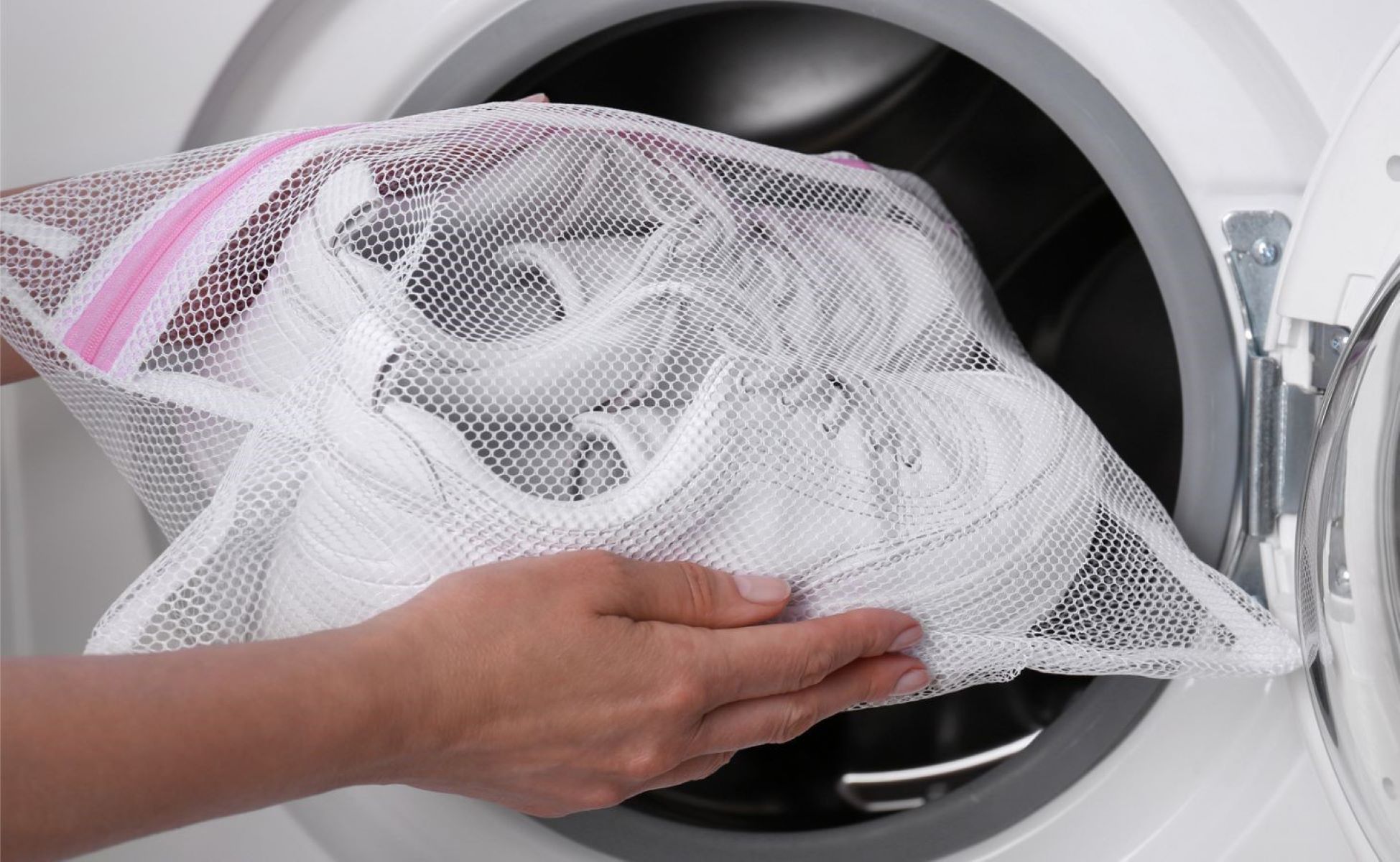
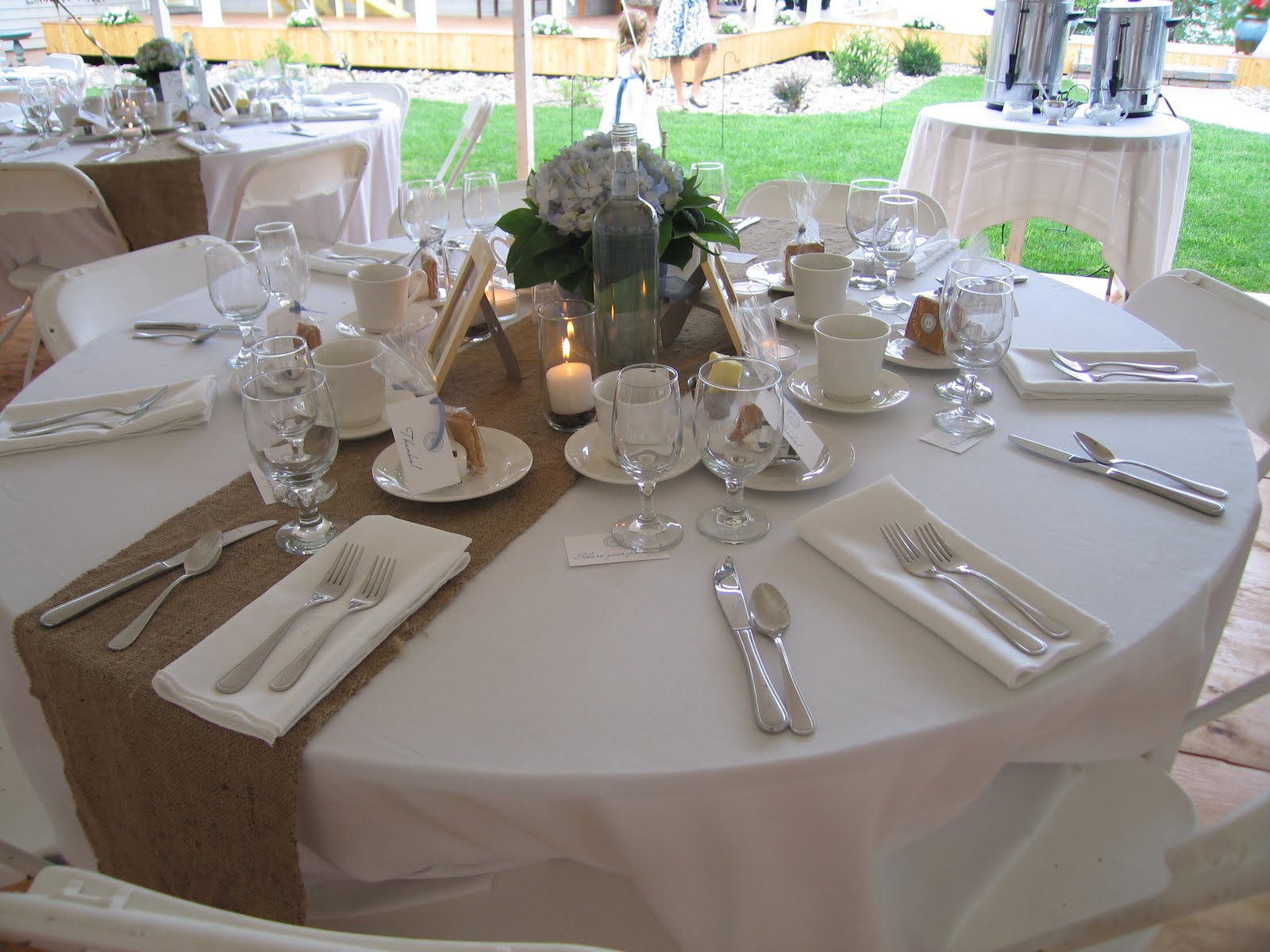
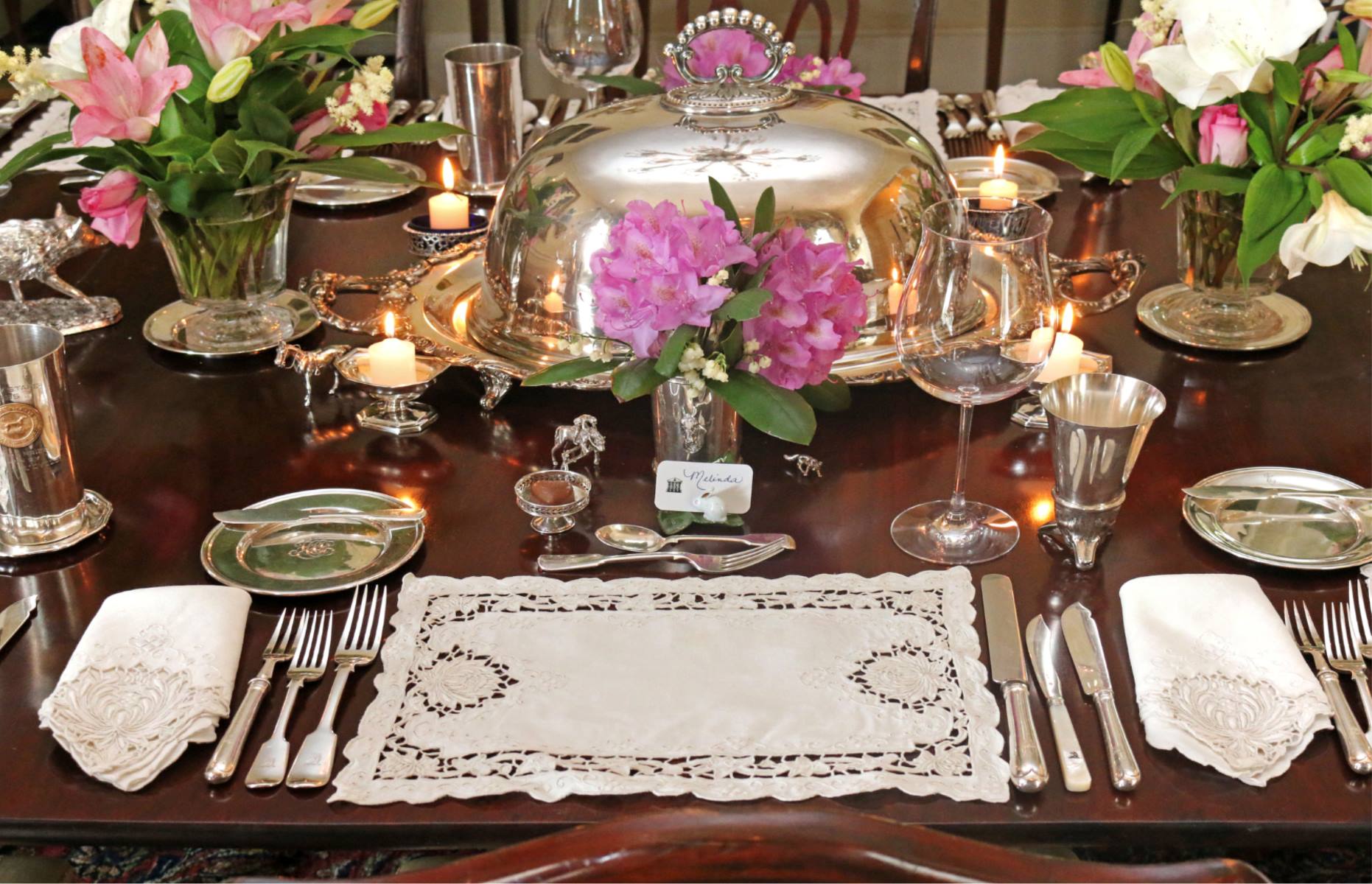
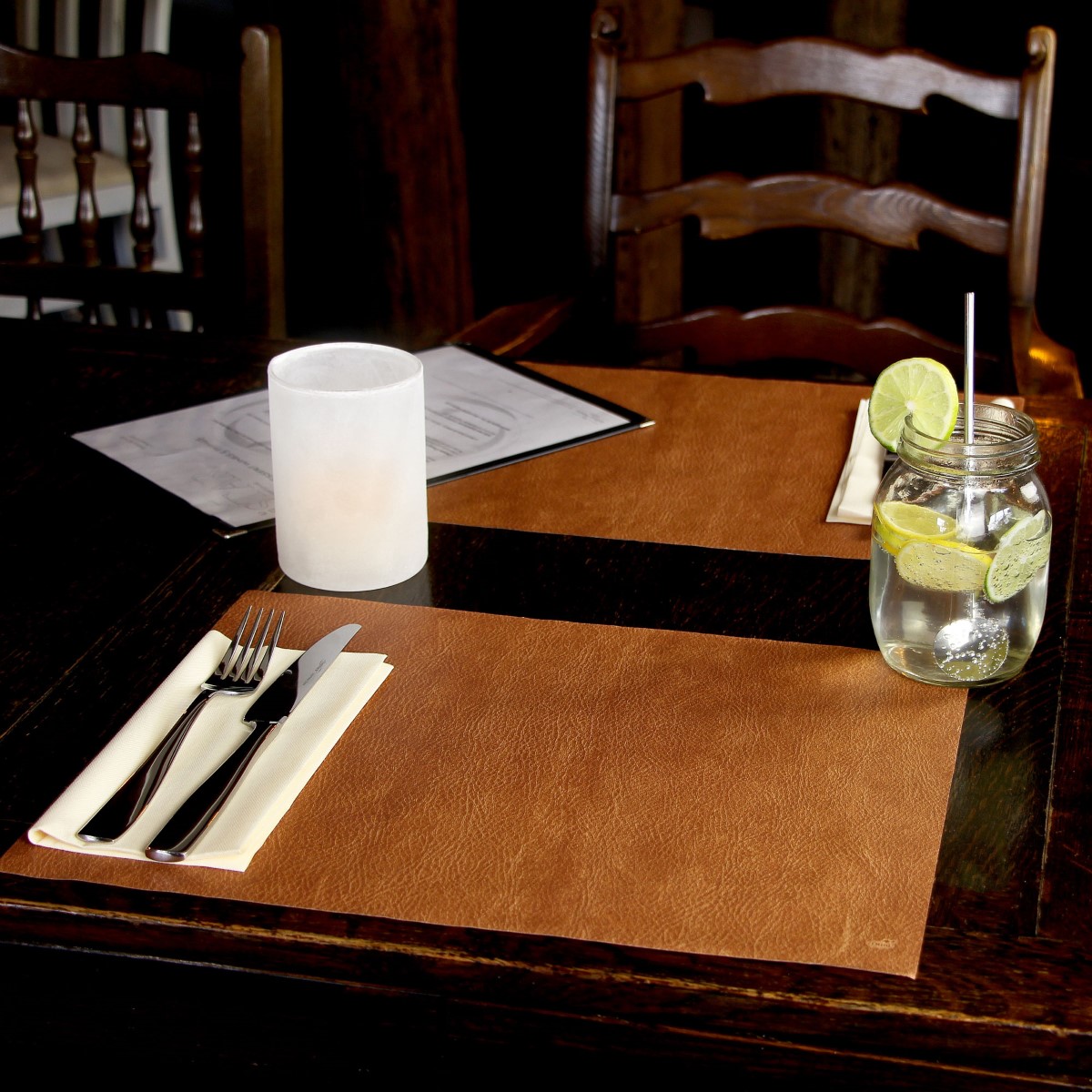

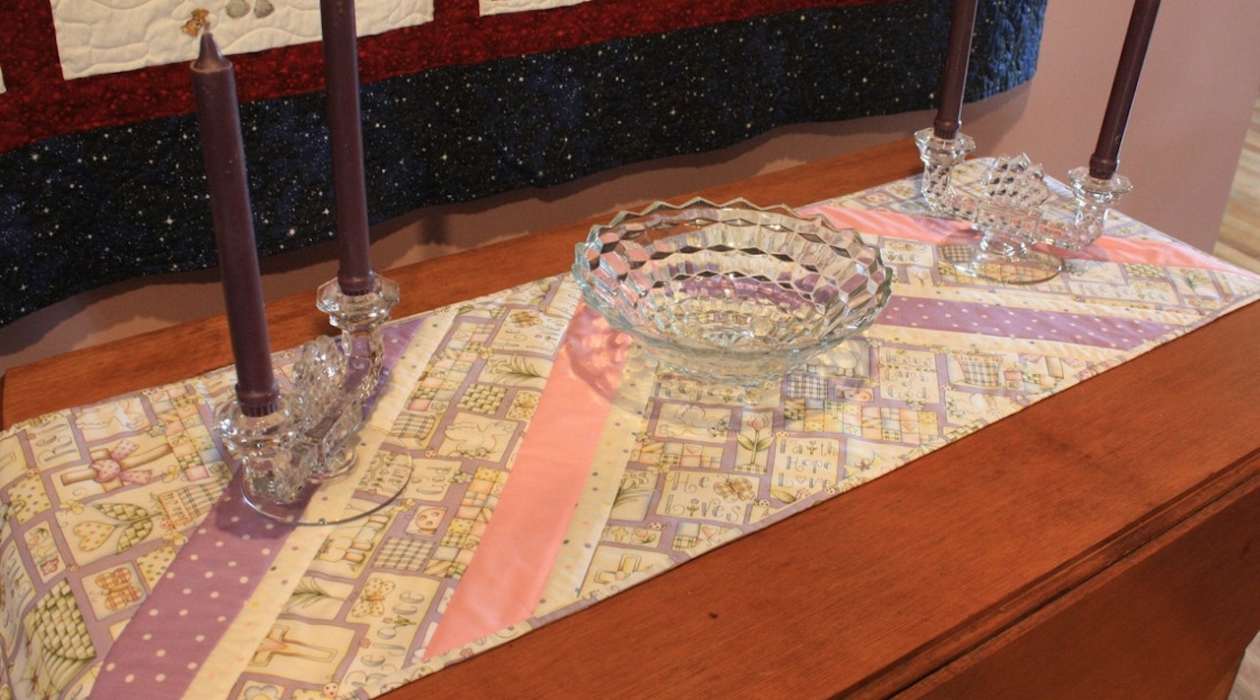
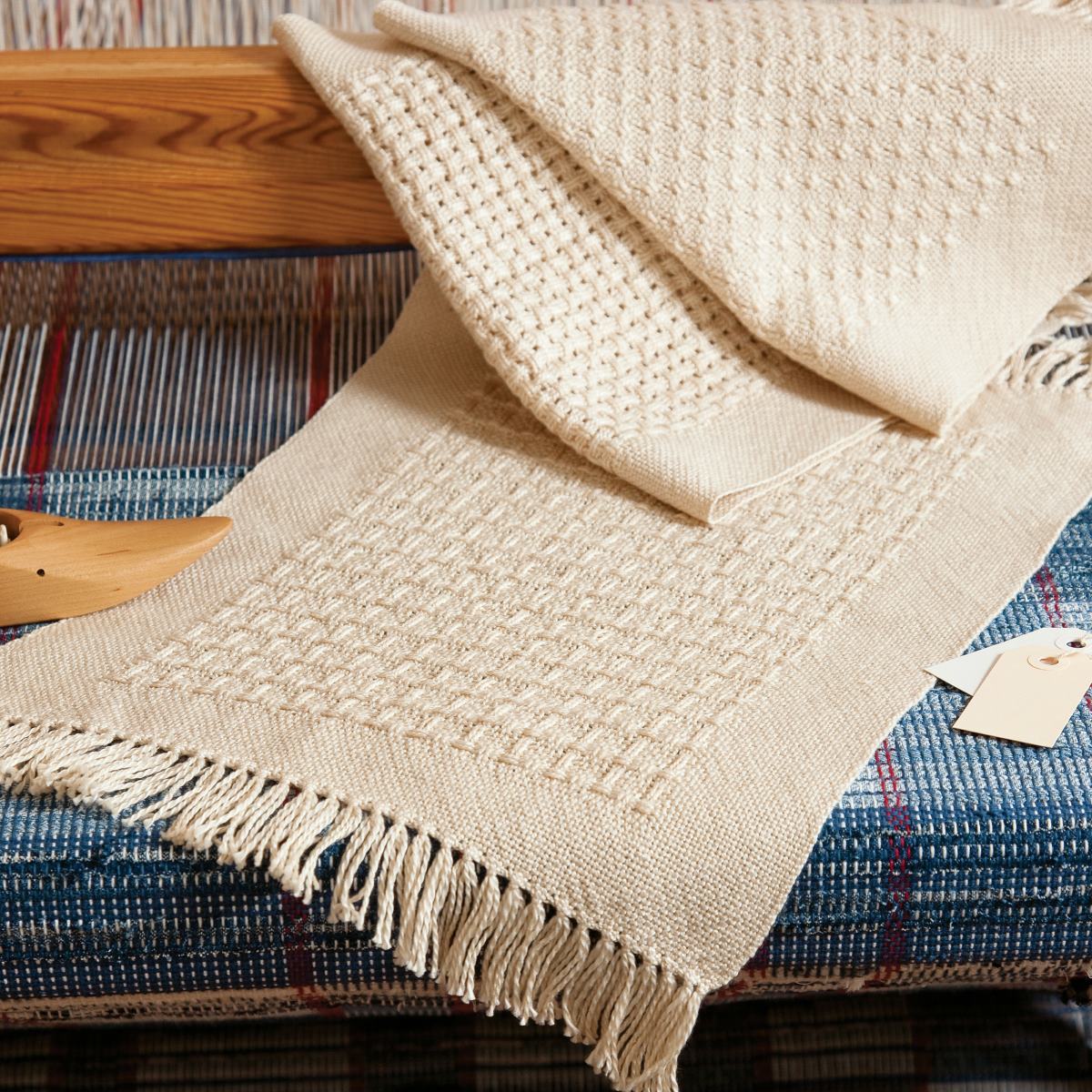
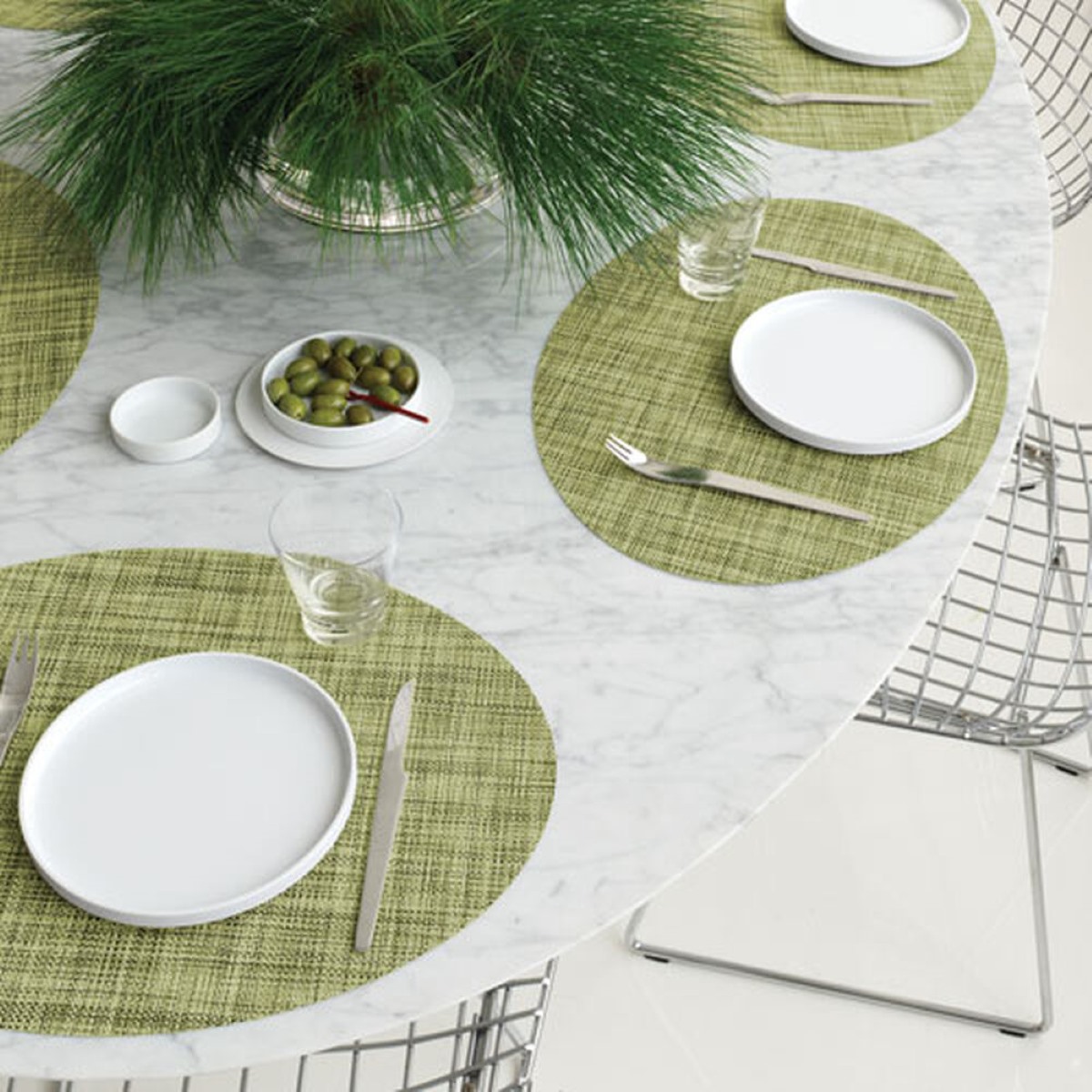
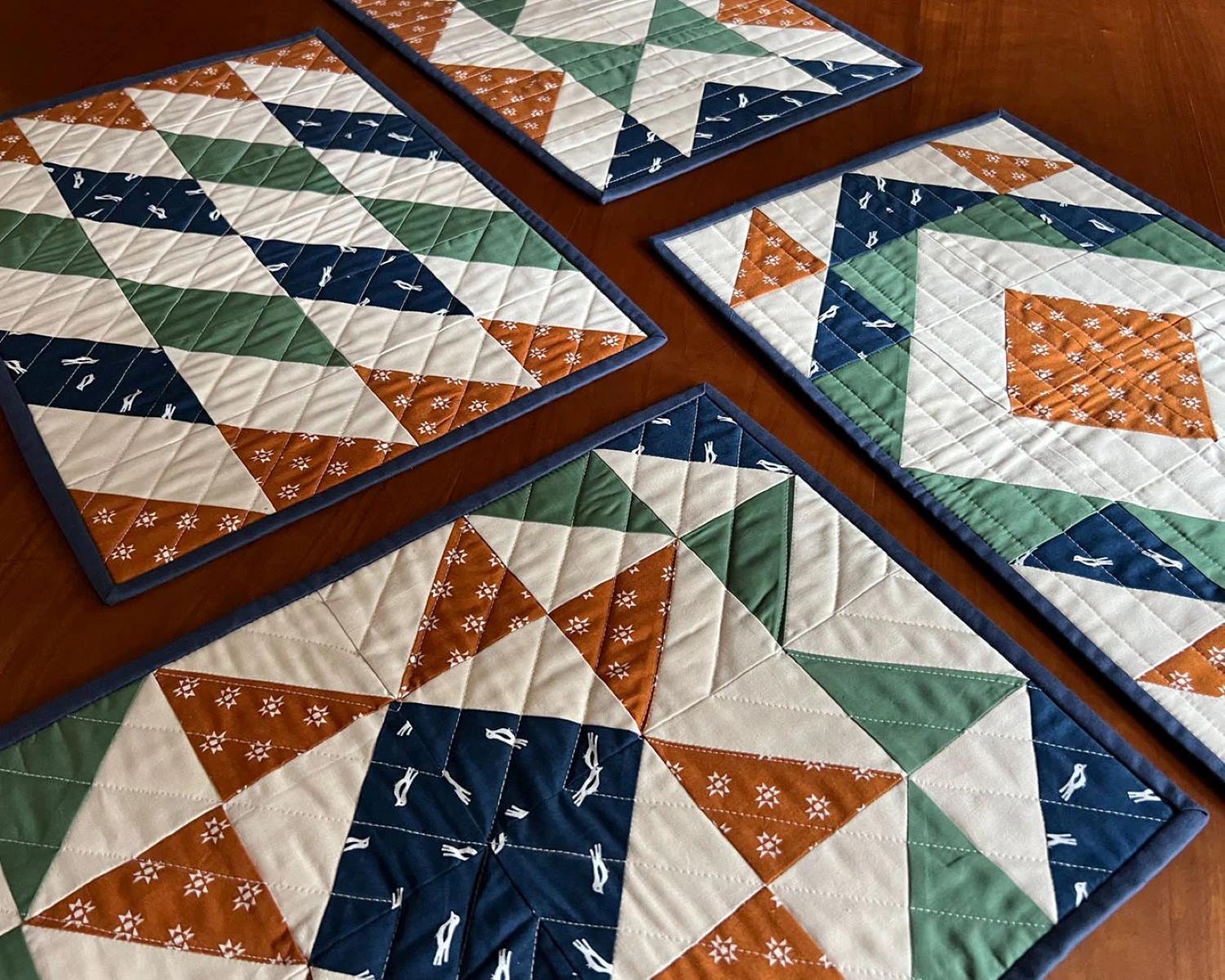
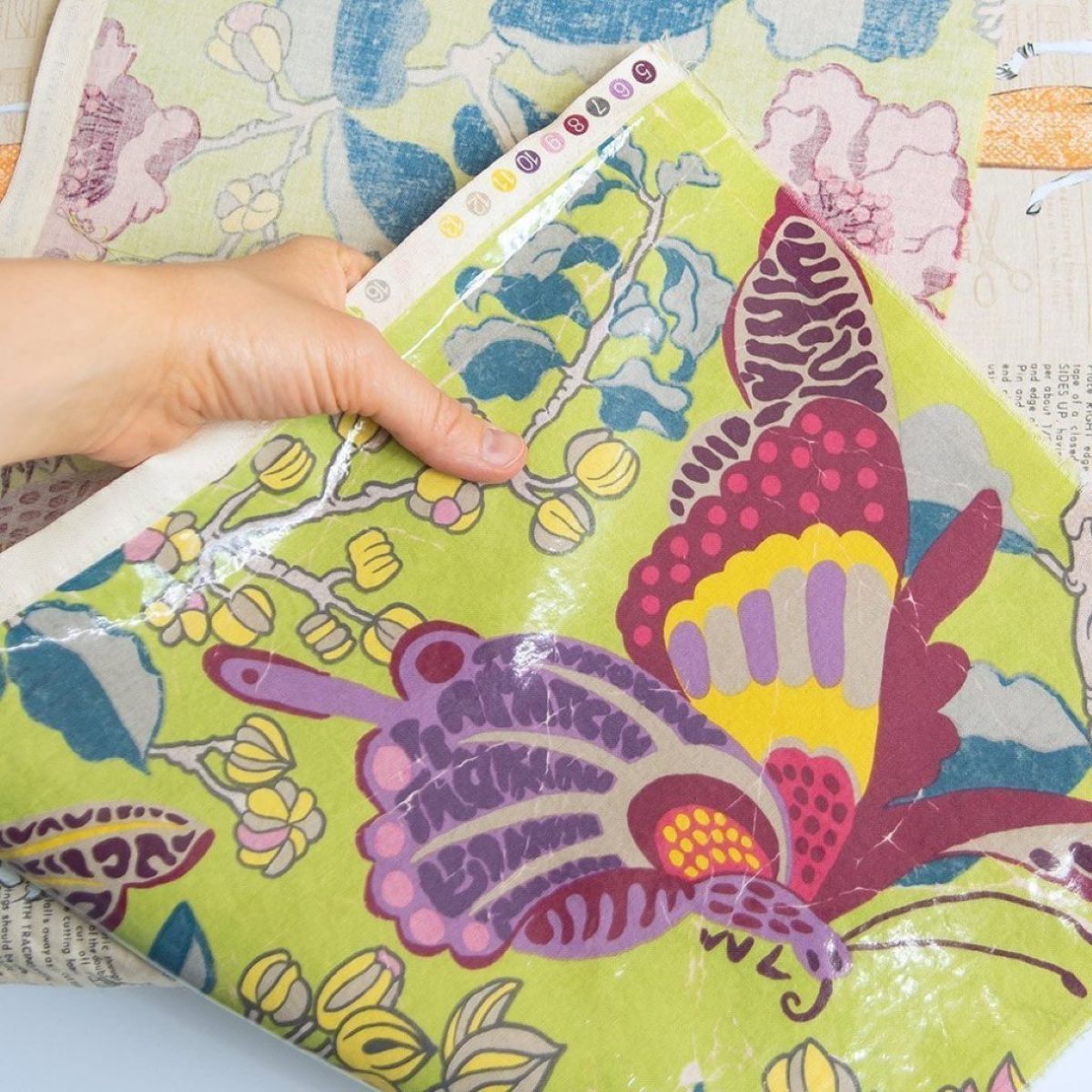
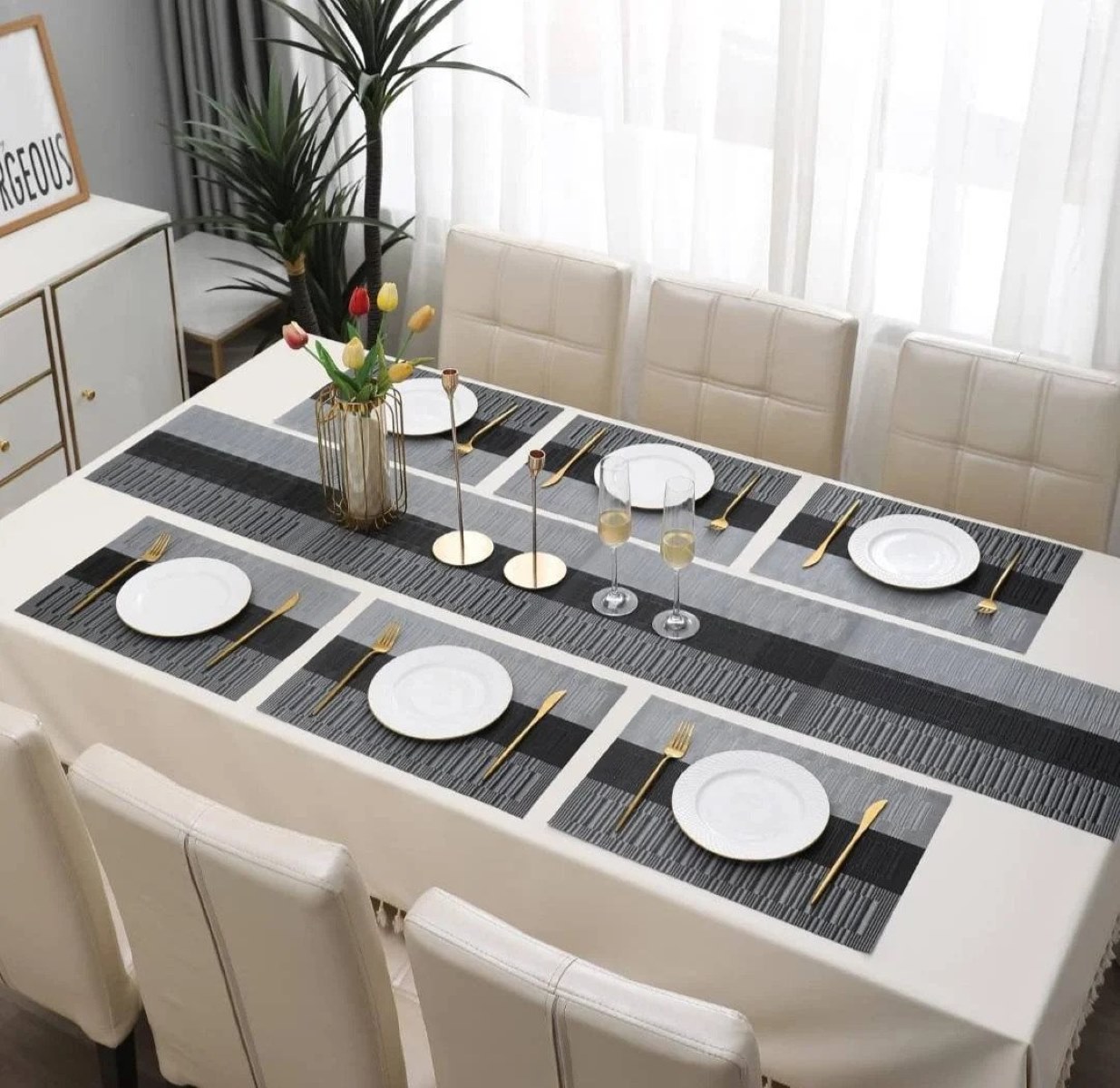
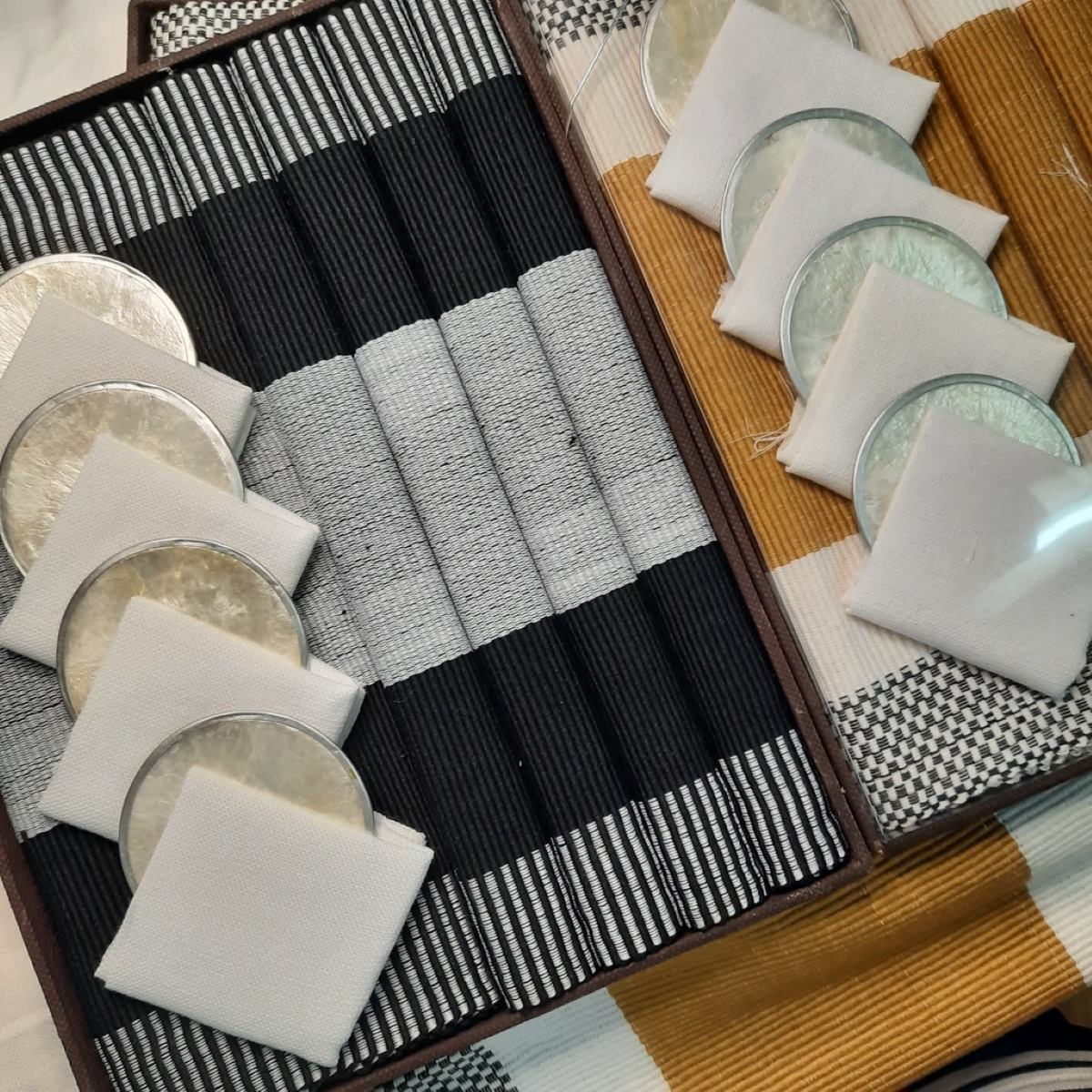
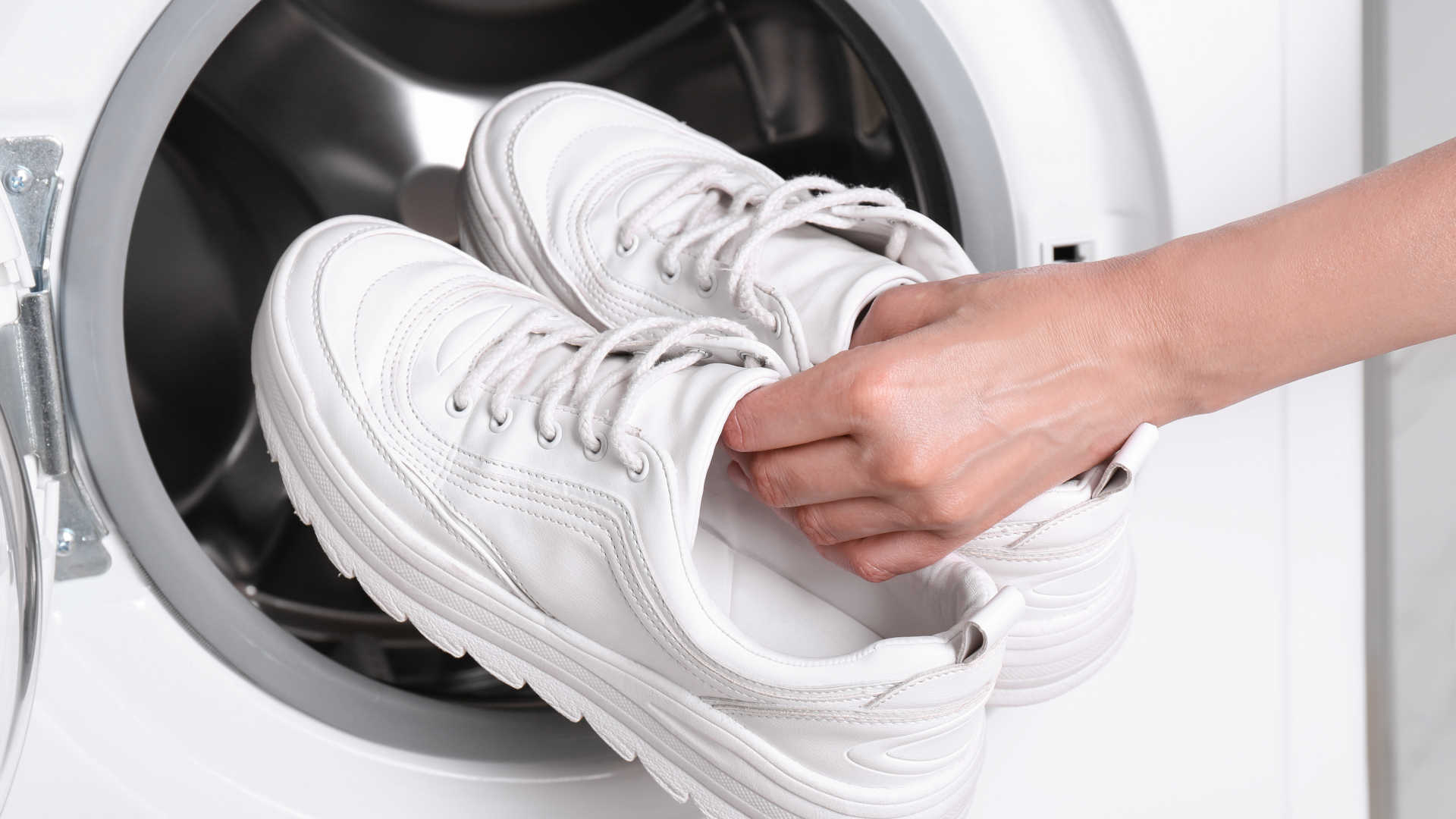

0 thoughts on “How To Use Table Runners And Placemats”